The terms "Complete Food for Cats" and "Complementary Food for Cats" must always appear on the packaging of your cat's wet food and dry kibble. However, many of us do not know the difference between complete wet food and complementary wet food.
To properly feed our furry friends and avoid nutritional deficiencies, it's important to understand the difference between the two. Let us explain everything!
What is Complete Wet Food?
Complete wet food should cover all the nutritional needs of the cat for which it was formulated.
Therefore, complete food can be given as a sole diet, with always clean and fresh water available for your cat.
A complete food will contain all the nutrients your cat needs to stay healthy: proteins, fats, fibers, as well as vitamins, minerals, and trace elements.
There are two types of complete food:
Physiological complete food, which covers all the nutritional needs of a healthy cat (except for water). These foods are designed for specific physiological statuses, such as sterilized cats, kittens, or senior cats (+8 years).
Dietetic complete foods, on the other hand, have specific nutritional goals; they are often sold in specialized outlets and intended for animals suffering from health conditions such as kidney failure, diabetes, or obesity.
The Ziggy cat wet food, for example, is a complete wet food, covering all your cat’s nutritional needs and can be given as a primary or sole food.
What is Complementary Wet Food?
Unlike complete wet food, complementary wet food does not cover all the nutritional needs of your cat. You will need to consult the manufacturer to know the recommended daily amounts for a balanced diet.
Complementary wet food, by definition, cannot feed a cat on its own. These foods contain high levels of certain substances but lack some essential nutrients, or do not provide them in sufficient quantities.
Because of their composition, they must be combined with other foods to form a complete diet for your cat and avoid nutritional deficiencies.
For example, it may be necessary to add a mineral-vitamin supplement (MVS).
Finally, we also distinguish treats from complete and complementary foods. Although your cat might love them, they have little or no nutritional value. Therefore, consume them in moderation!
If you're looking for good quality food for your cat, don't hesitate to check out our article: What is the best wet food for my cat?
Are you a feline nutrition expert? Test your knowledge with our quiz!


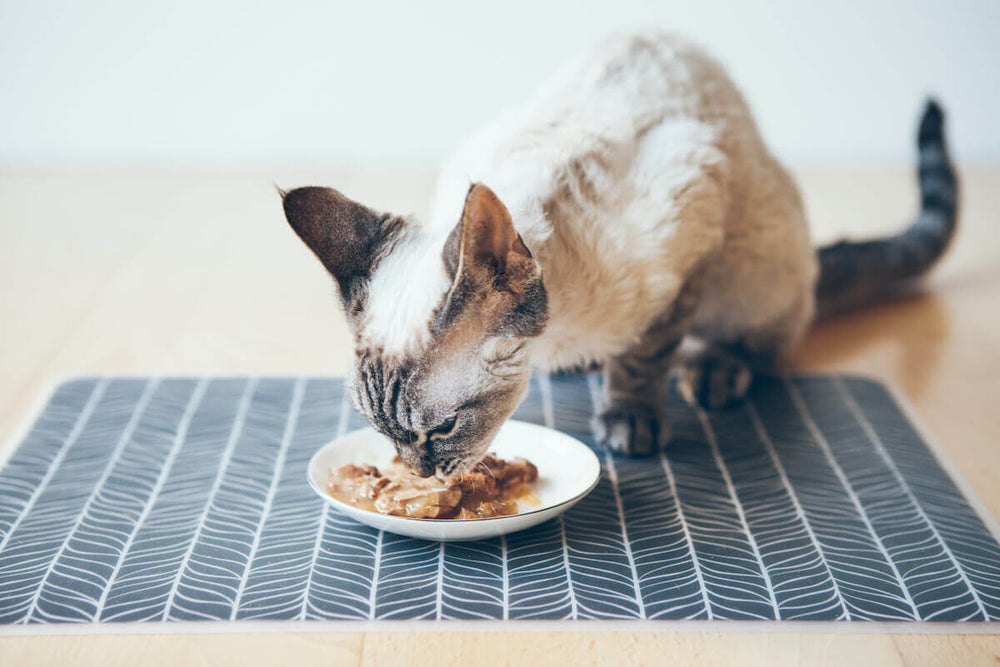
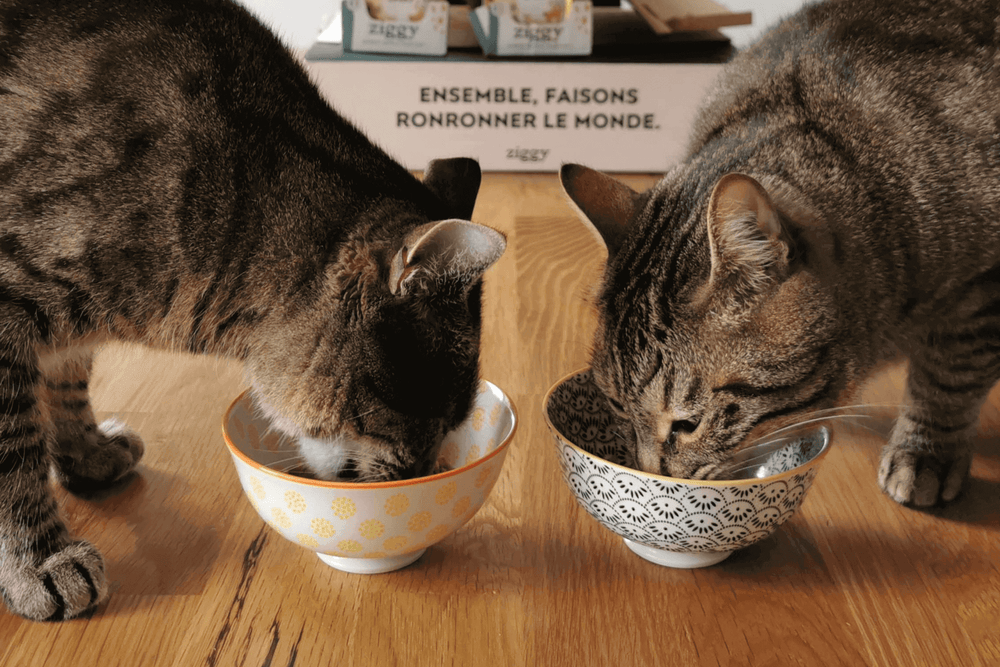
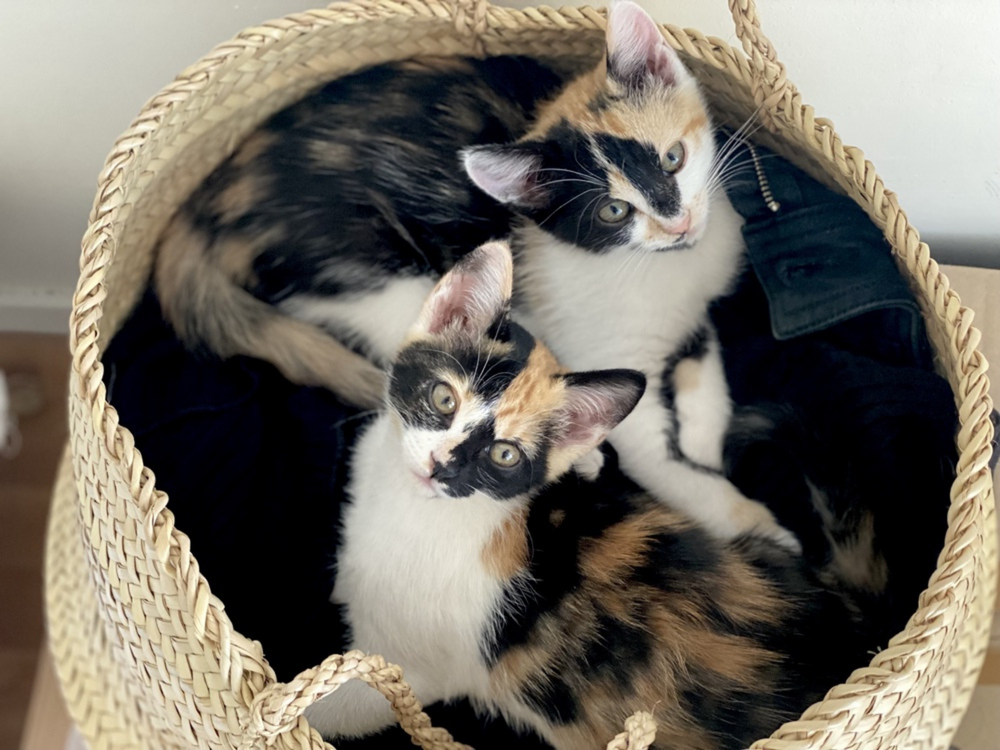
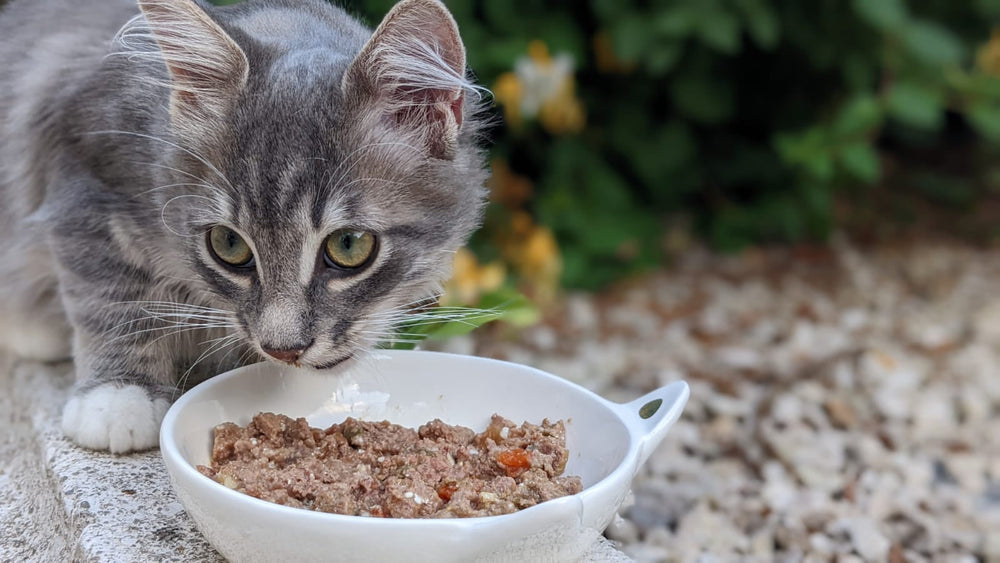
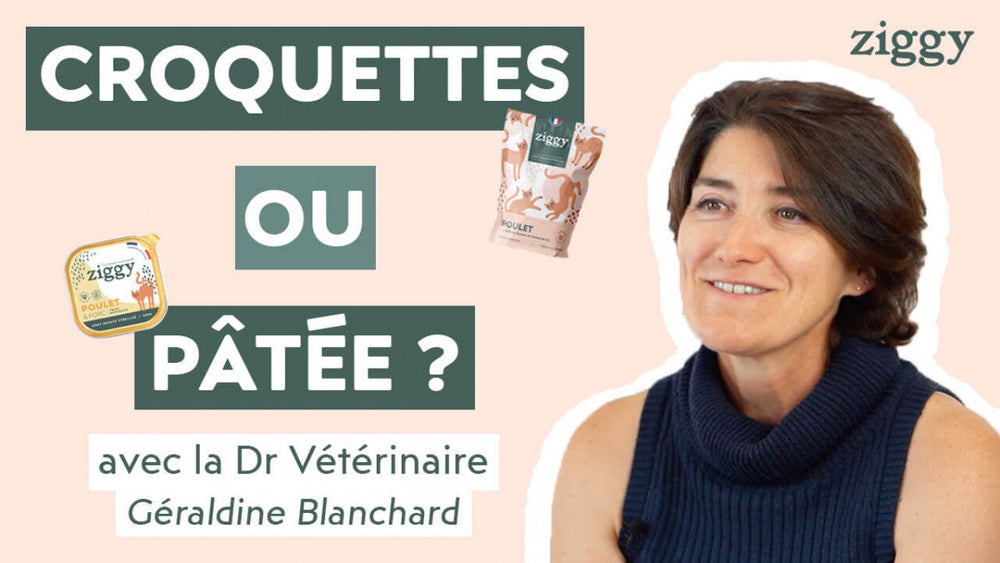
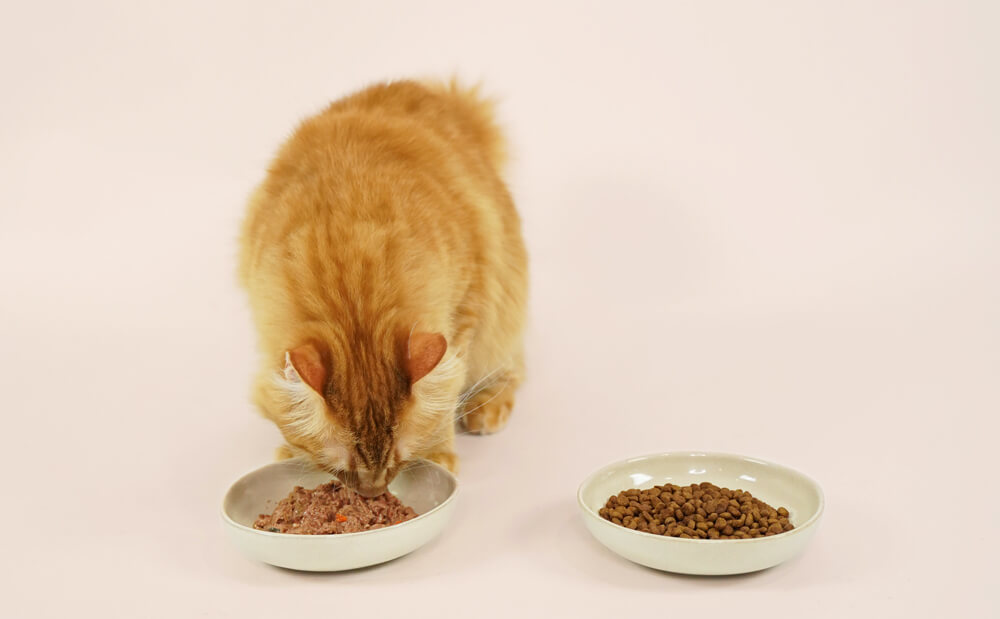
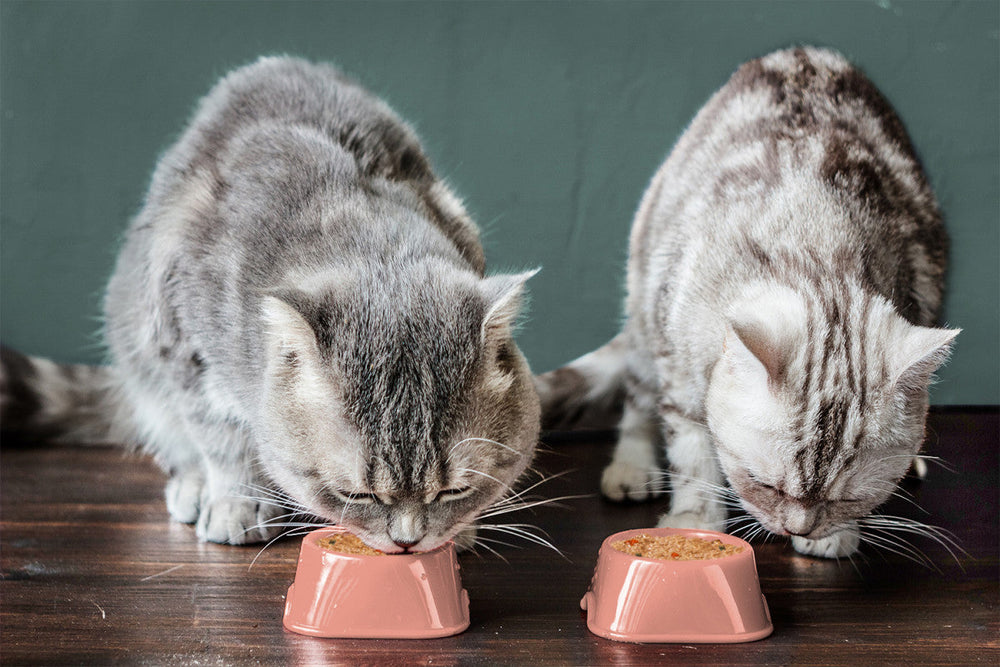
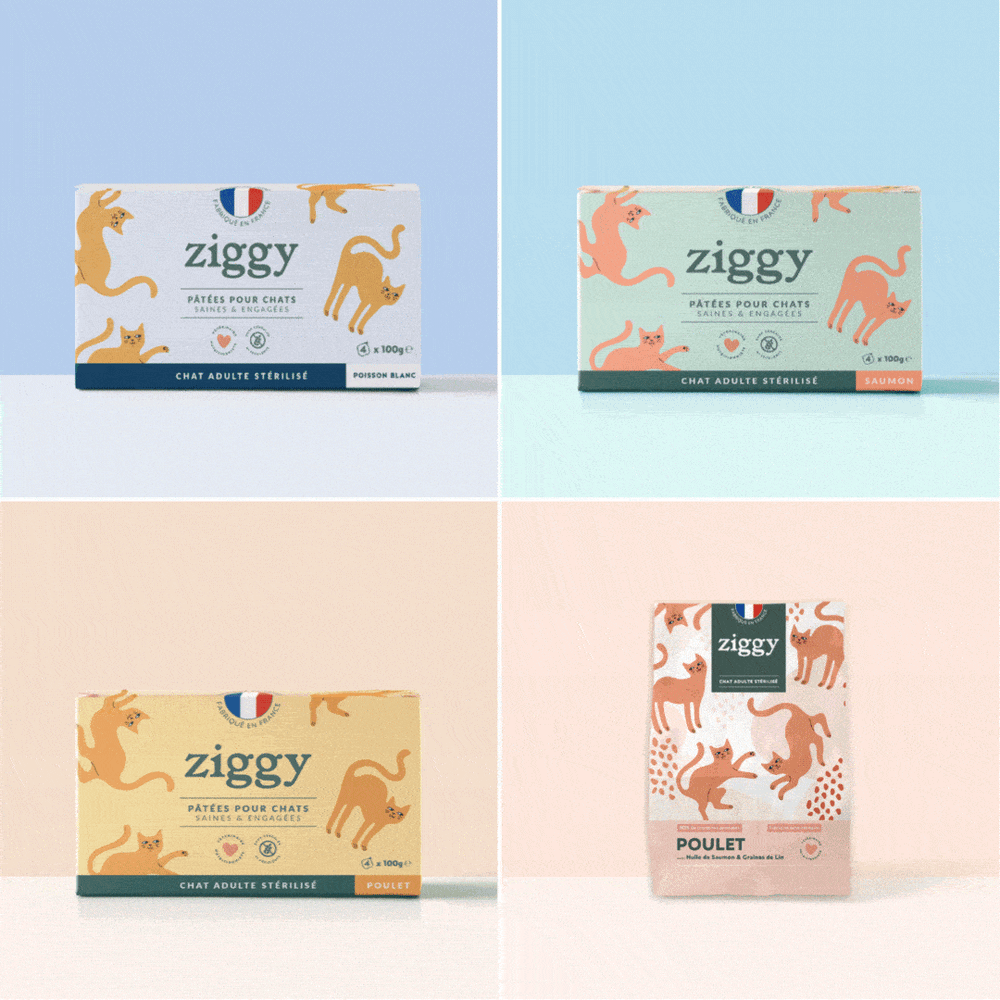
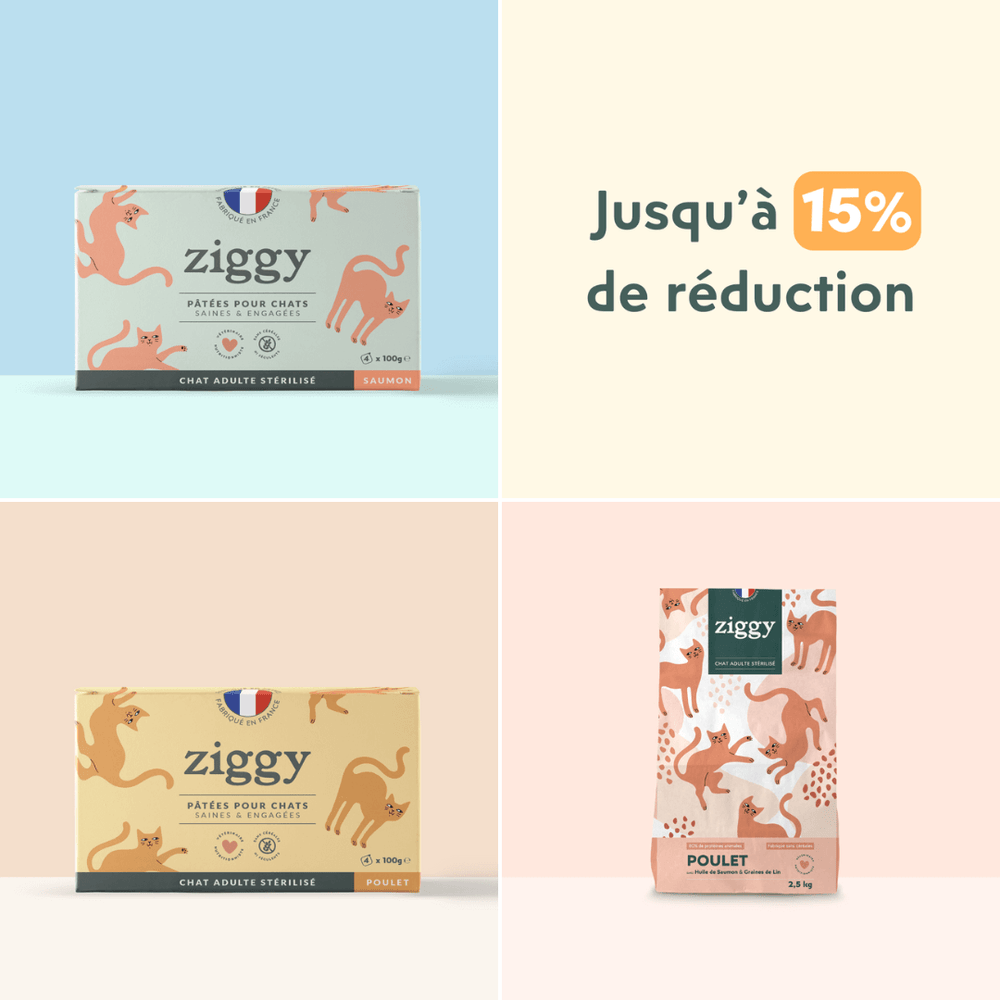
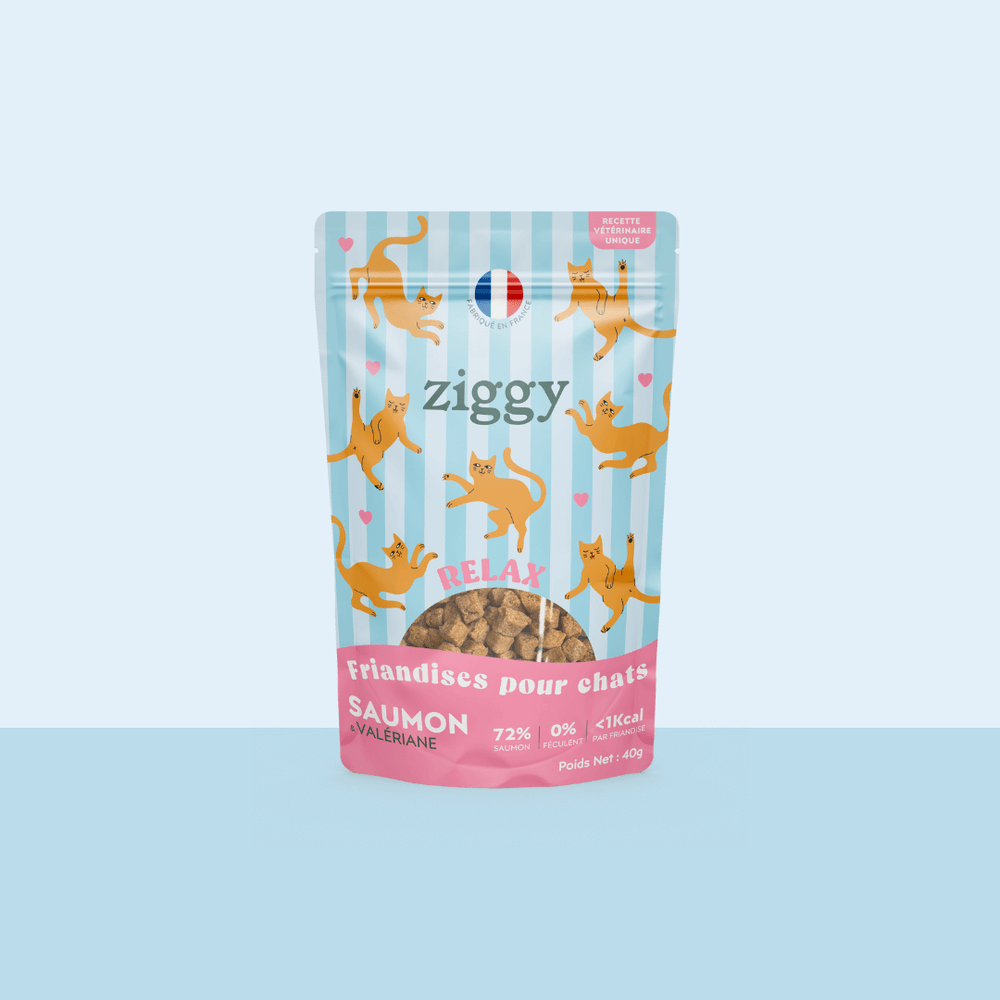
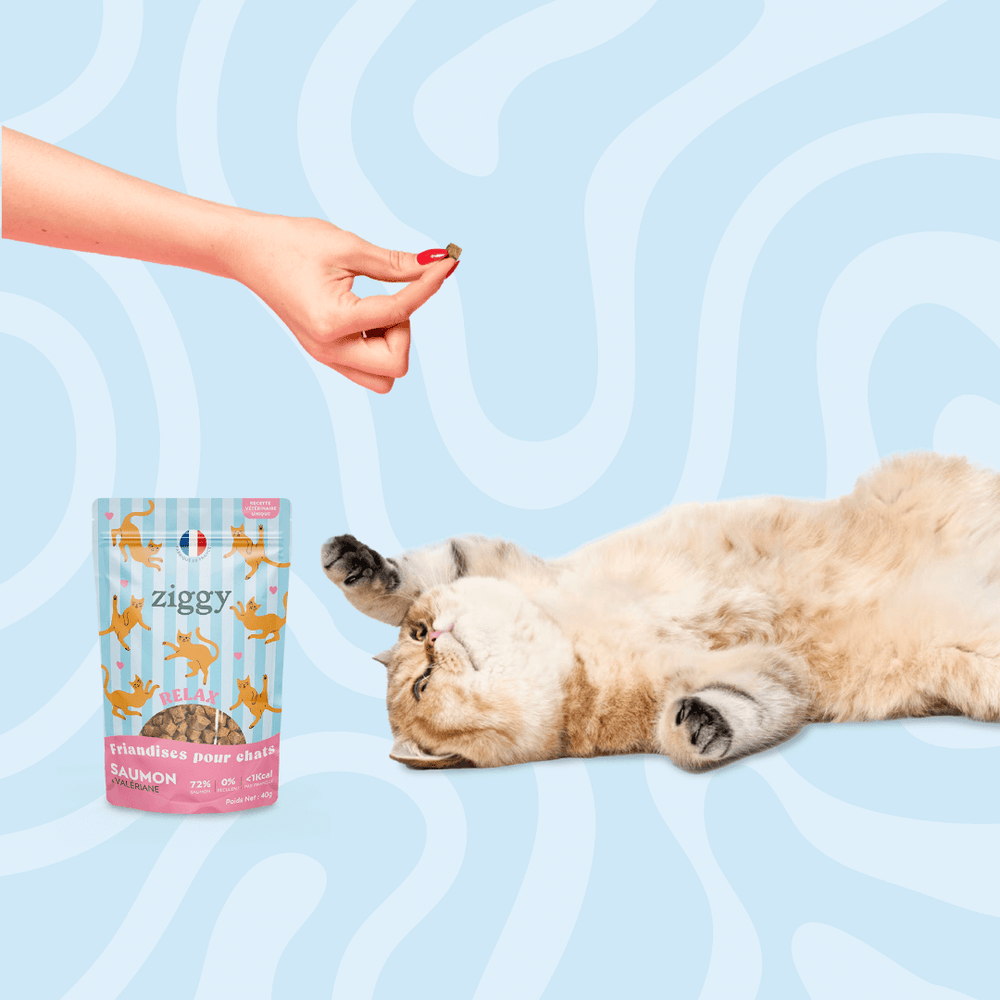
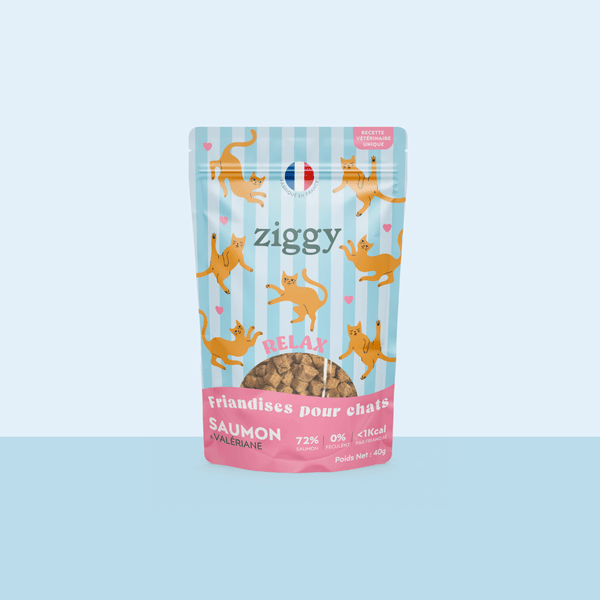
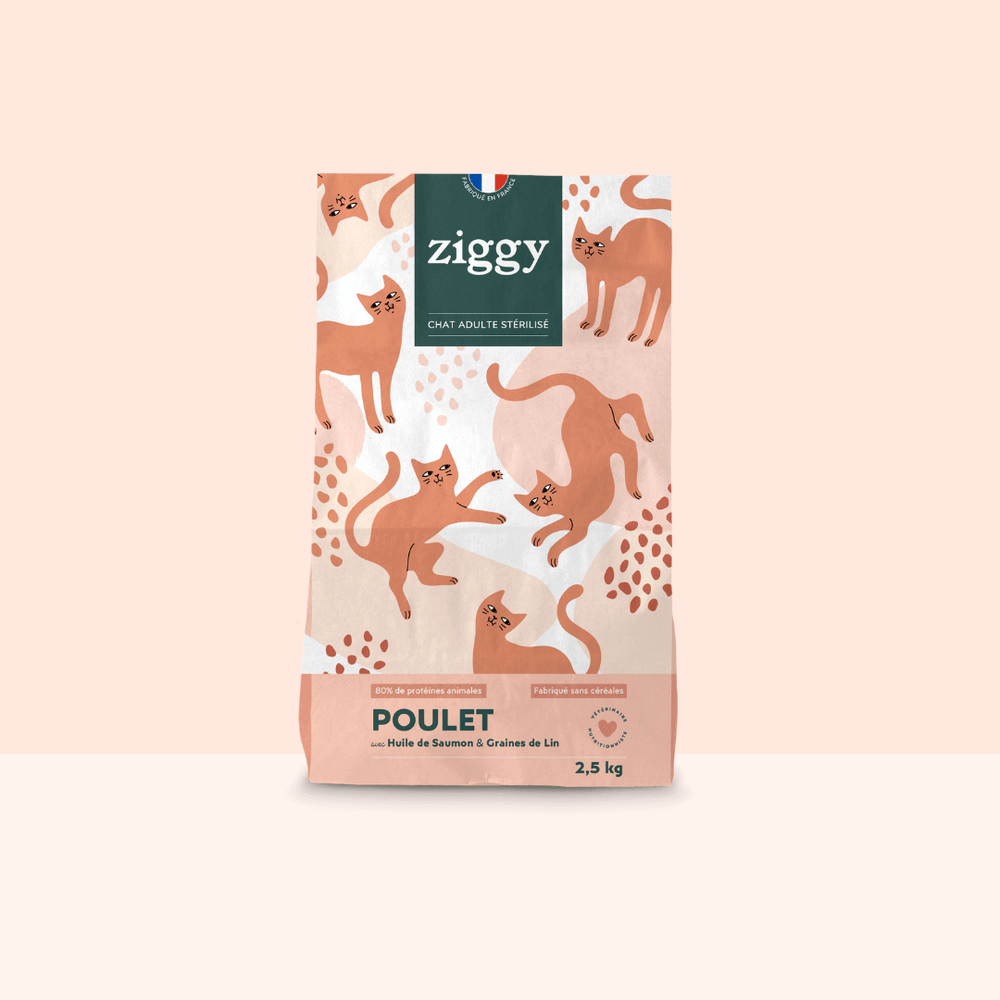

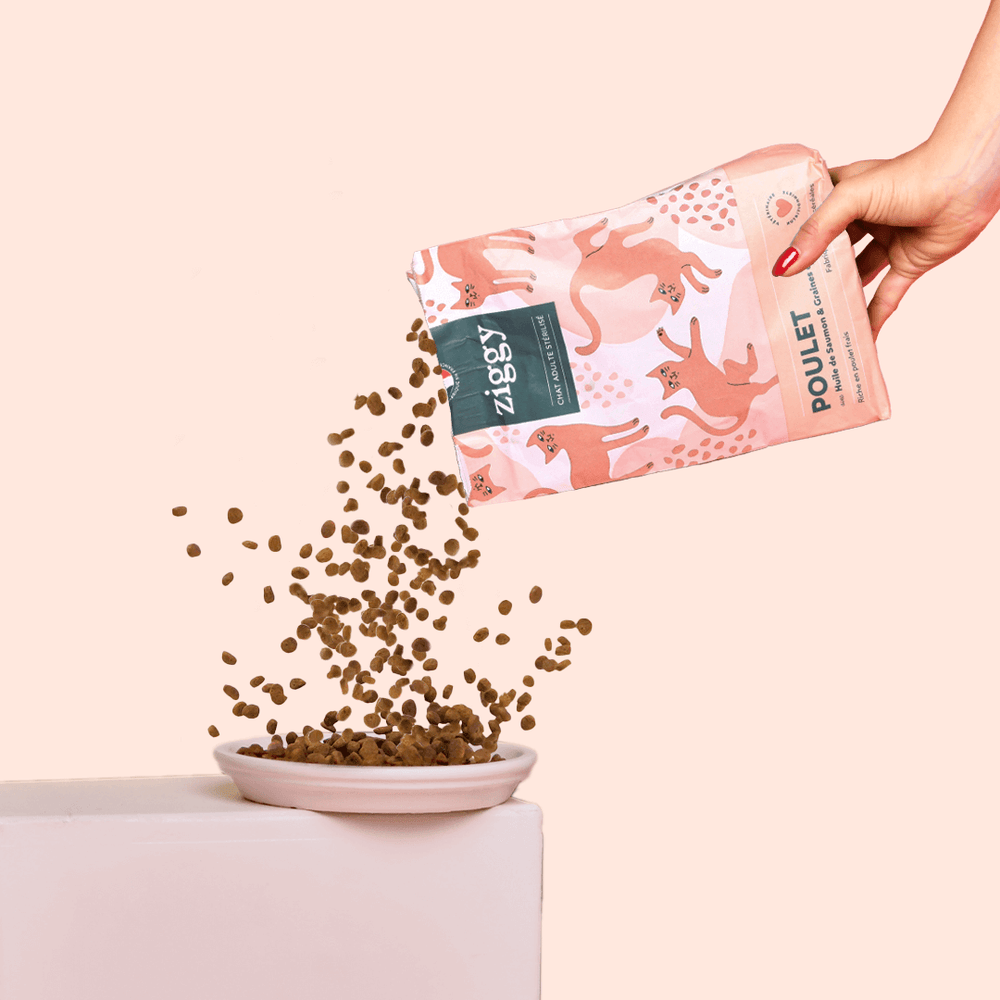
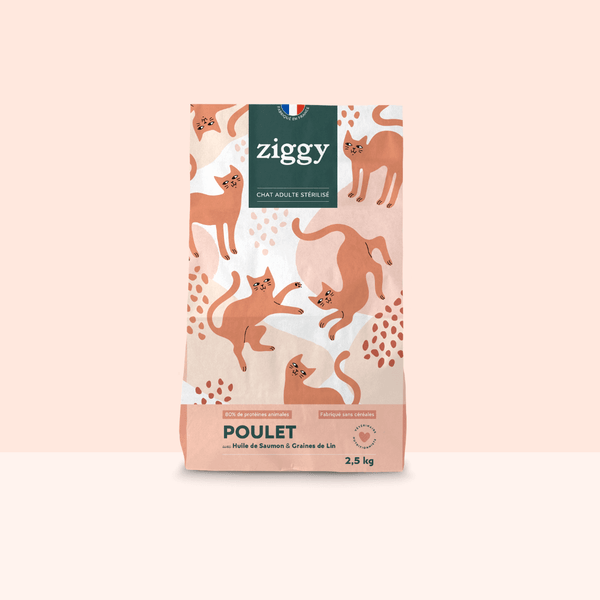

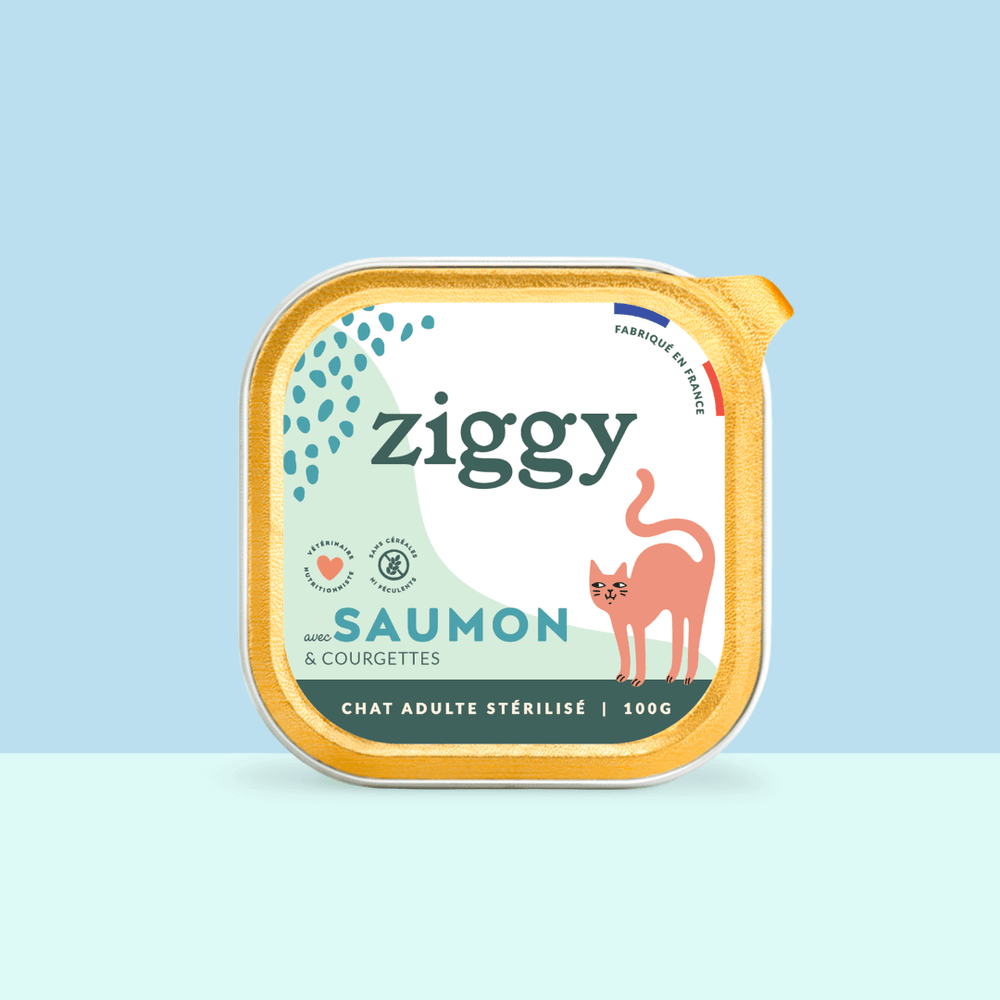

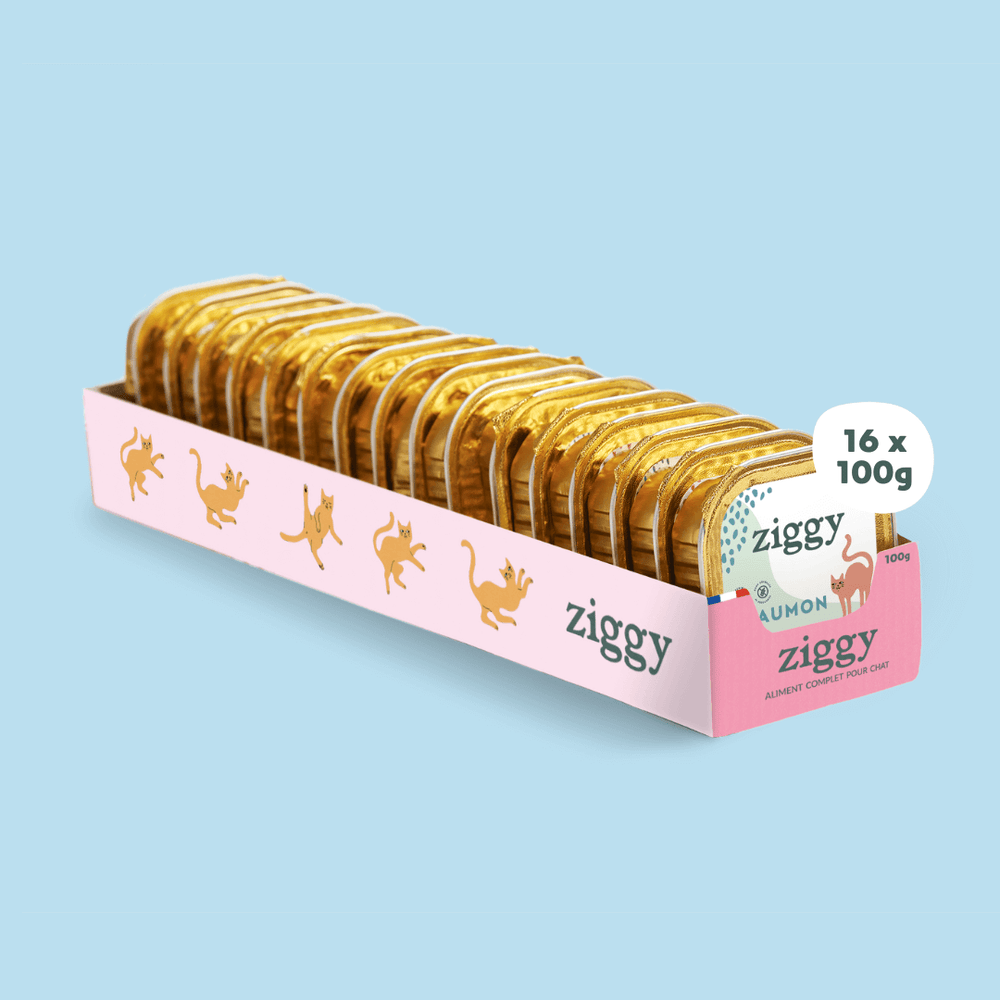
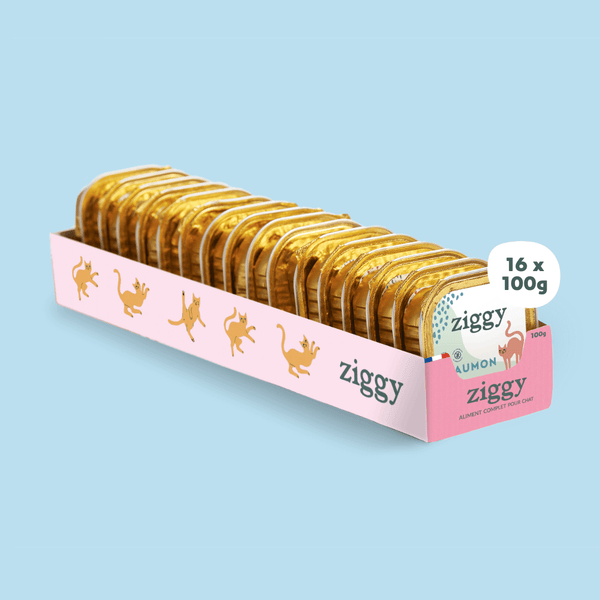




Bonjour Sylvie,
Merci pour votre commentaire. 💛
L’idéal est d’offrir des croquettes et un aliment humide complet pour combler tous les besoins nutritionnels de votre moustachu et éviter les carences (dans le cadre d’une alimentation mixte).
N’hésitez pas à nous contacter directement par email à hello@ziggyfamily si besoin.
Nous sommes à vos côtés pour prendre soin et régaler votre chat. 😺
À bientôt,
L’équipe Ziggy.
Croquettes + aliment humide complémentaire, bonne formule pour le chat ? Ou vaut-il mieux donner croquettes + aliment humide complet ?
Bonjour Murielle,
La pâtée complète couvre tous les besoins nutritionnels de votre chat. Ce qui n’est pas le cas de la pâtée complémentaire. Vous pouvez offrir à votre chat une pâtée complémentaire en plus de sa pâtée complète, mais occasionnellement et en veillant à ne pas déséquilibrer la ration journalière de votre moustachu.
Si vous avez d’autres questions, n’hésitez pas à nous contacter à hello@ziggyfamily.com.
Plein de caresses à votre chat. 💛
L’équipe Ziggy.
Bonjour,
Et donc : peut on donner de la patee complementaire en + de la patee complète tous les jours ? (Si la patee complementaire est de bonne qualité bien sur)
Leave a comment